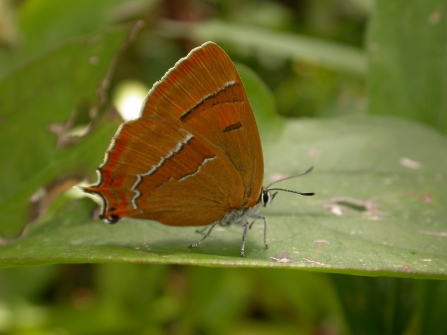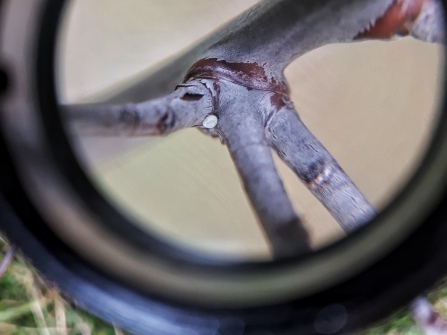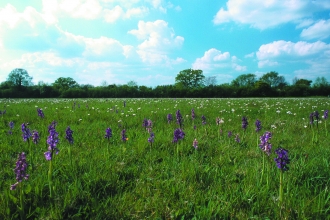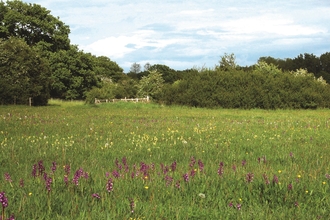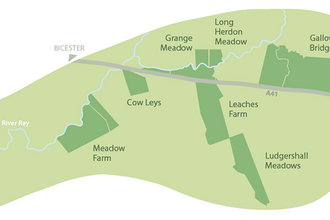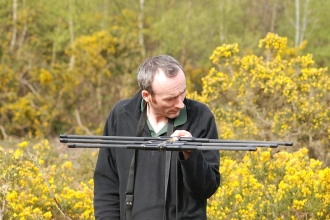Dense, tangled and sharp, it’s hard to imagine that blackthorn is a sanctuary for any wildlife. Despite its hostile appearance, this deciduous scrub is a haven for creatures willing to seek refuge amongst its vicious thorns.
In Southern England, one butterfly species found among blackthorn hedgerows is the brown hairstreak.
From July until mid-September, the golden wings of this butterfly soar atop the high branches while it feeds off aphid honeydew.
In the winter months, its distinctive, white pin-sized eggs can be seen on young blackthorn shoots.
Once widespread across England and Wales, this butterfly is becoming increasingly rare. This species is suffering greatly from habitat loss as hedgerows across the country are removed and intensively pruned.
However, things might be looking up for the elusive brown hairstreak.


